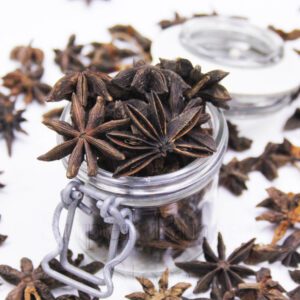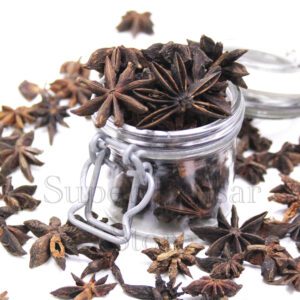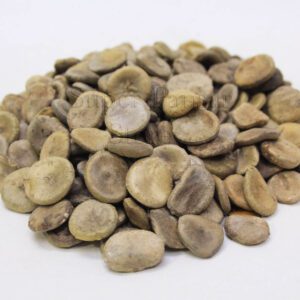₨ 900 – ₨ 36,000
-
Pakistani rupee (₨) - PKR
-
United States dollar ($) - USD
-
Euro (€) - EUR
Overview
Cinnabar is a naturally occurring red mineral composed of mercury sulfide (HgS). It is the primary ore of mercury and has been used for thousands of years for various purposes, including as a pigment in art, in traditional medicine, and in alchemy. Cinnabar typically occurs in massive or granular form, but it can also form crystals. Its color ranges from bright red to brownish-red, and it has a distinctive red streak when scratched.
Benefits
Cinnabar activates the entire immune system, making it particularly helpful in treating infections of all types, including fungal infections, strep throat, herpes, and HIV. It also heals and purifies the blood. Cinnabar reduces warts, lesions, and boils. This stone stabilizes your weight, helping you maintain your body’s natural form. Cinnabar’s strong creative energy promotes sexual health. It can increase libido, encourage fertility, and treat impotence.
Uses
Here are some of the historical and traditional uses of cinnabar:
Pigment in Art:
Cinnabar’s vibrant red color made it a prized pigment for artists throughout history. It was commonly used in painting, lacquerwork, and other forms of decorative art. However, due to its toxicity, the use of cinnabar as an art pigment has declined significantly, and safer alternatives are now preferred.
Traditional Medicine:
In some traditional medicine systems, particularly in China, cinnabar was used for its purported medicinal properties. It was believed to have various health benefits and was used to treat conditions such as skin disorders, digestive issues, and respiratory ailments. However, its use in traditional medicine is no longer recommended due to its toxicity.
Spiritual and Ritual Use:
Cinnabar was sometimes used in spiritual and ritual practices in ancient cultures. It was believed to have mystical or magical properties and was used in ceremonies, rituals, and talismans. However, its use in these contexts has largely fallen out of favor due to concerns about its toxicity.
Alchemical Symbolism:
In alchemy, cinnabar was associated with the transformation of base metals into gold and the quest for immortality. It was considered a potent symbol of spiritual enlightenment and the philosopher’s stone. However, these symbolic associations were largely metaphorical and did not involve the actual use of cinnabar.
Historical Artifacts:
Cinnabar has been found in various historical artifacts, including pottery, jewelry, and ceremonial objects. Its use in these artifacts reflects its historical significance and cultural importance in ancient civilizations.
Additional information
| Form | Whole (ثابت), Powder (پسا ہوا) |
|---|---|
| Weight | 10 Grams, 25 Grams, 50 Grams, 250 Grams, 500 Grams |
















